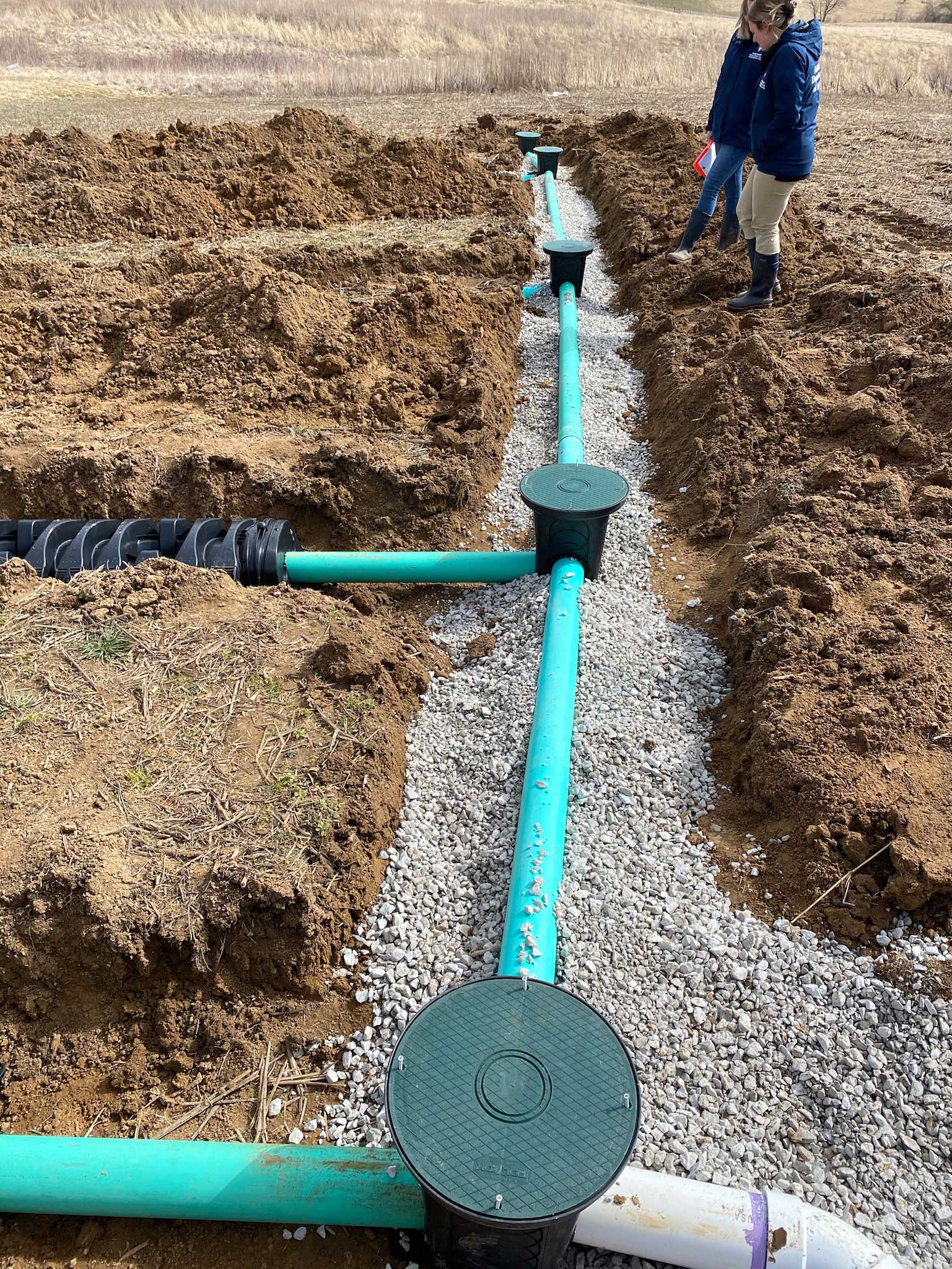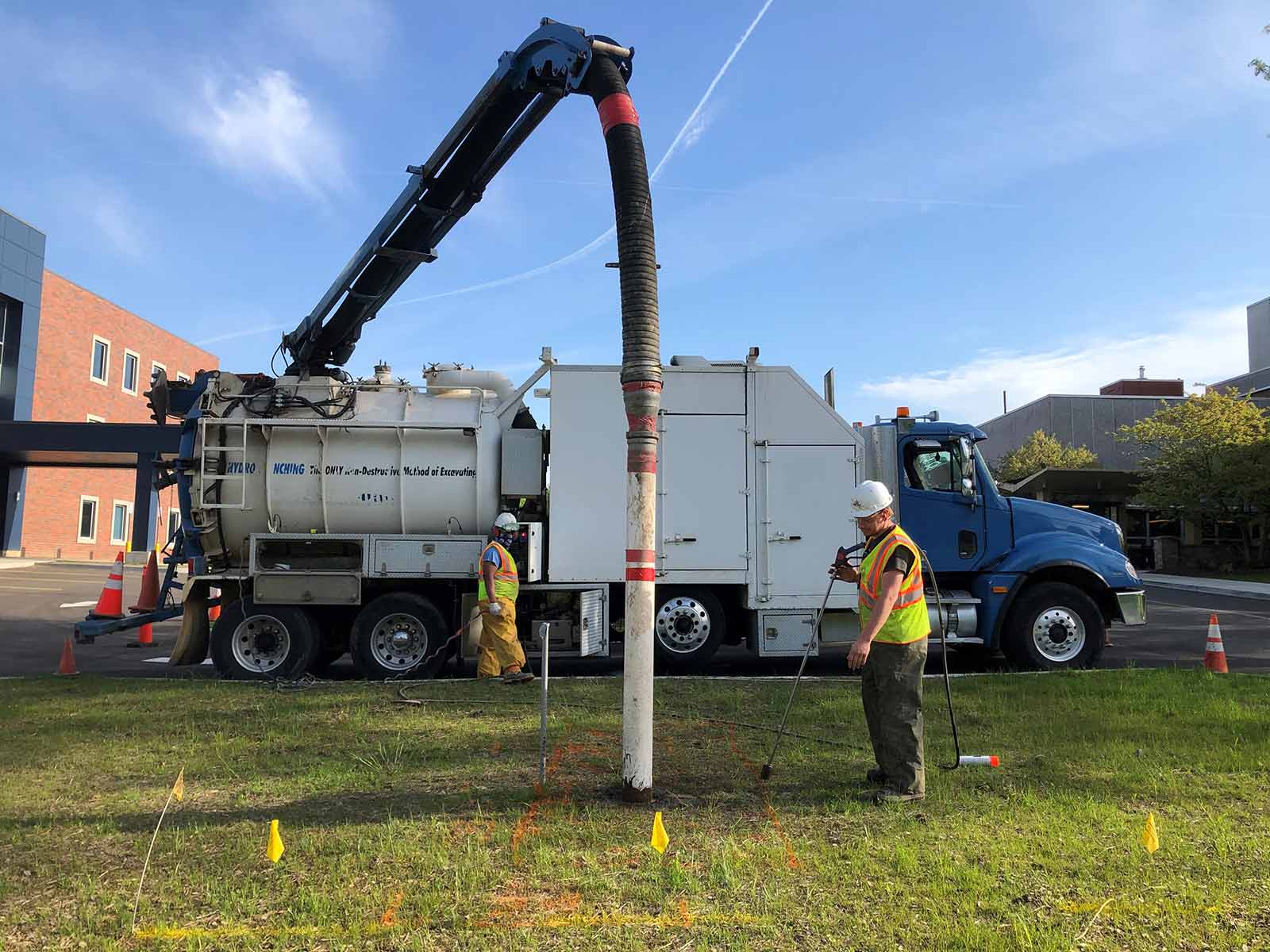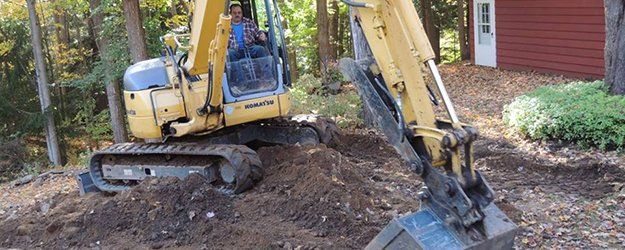Lancaster Trenching - Expert Trenching Solutions in Lancaster, Ohio
Wiki Article
Comprehensive Excavation Methods: Understanding the Fundamentals for Success
The mindful planning, specific execution, and meticulous focus to information required in excavation tasks demand a thorough technique that encompasses various fundamental facets. The true proficiency lies not just in recognizing these basics however in perfectly integrating them to browse the complexities of excavation jobs with finesse.Understanding Excavation Task Planning

Successful excavation projects are constructed on the foundation of comprehensive and thorough preparation. The initial phase of any kind of excavation project is the planning phase, where important choices are made that can substantially influence the result of the job. Throughout this stage, it is necessary to collect all relevant info about the site, consisting of topographical studies, soil structure, and any potential dangers that might exist. Understanding the job range, spending plan, and timeline constraints is important for developing an extensive excavation plan that makes certain the project's success.
One secret aspect of excavation task preparation is the advancement of a thorough timeline that details the series of turning points, activities, and target dates. This timeline functions as a roadmap for the task group, allowing them to track progression and make needed modifications to ensure the task stays on schedule. In addition, a distinct budget that makes up all costs, including tools leasing, labor prices, and materials, is necessary for preventing cost overruns and delays. By very carefully taking into consideration all these elements throughout the drawing board, excavation projects can be performed effectively and properly, bring about successful outcomes.
Soil Evaluation and Website Examination
Conducting complete soil evaluation and website evaluation is a vital action in the prep work phase of any kind of excavation task. Soil evaluation includes identifying the make-up, structure, and residential or commercial properties of the dirt at the excavation website. This info is important for recognizing the dirt's bearing ability, dampness material, and capacity for erosion, which are key consider figuring out the excavation approaches and equipment needed for the job.Website assessment goes past dirt evaluation and incorporates a broader analysis of the total website conditions. This assessment consists of recognizing any kind of prospective hazards, such as below ground utilities, ecological worries, or unstable terrain, that can impact the excavation procedure. By extensively reviewing the website, project supervisors can develop effective excavation approaches that prioritize security, efficiency, and environmental management.
Using advanced innovations like ground-penetrating radar, dirt sampling, and drone studies can improve the accuracy and efficiency of dirt analysis and site analysis. Spending time and resources in these preliminary steps can inevitably save time and stop pricey hold-ups or complications during the excavation procedure.
Tools Choice and Utilization
Efficient excavation tasks depend greatly on calculated tools option and usage to make certain ideal efficiency and productivity. Picking the ideal equipment for the task is vital in optimizing effectiveness and lessening downtime. Factors such as the kind of soil, deepness of excavation, and project extent play a significant role in establishing the most ideal tools for the job at hand.
In addition to picking the ideal tools, correct application is vital to task success. Operators needs to be trained to deal with the equipment securely and successfully - lancaster trenching. Routine maintenance checks and timely repairs aid protect against malfunctions and make sure constant performance throughout the task
Precaution and Regulations Compliance
In the world of excavation tasks, prioritizing security measures and conformity with policies is vital to making sure a lawfully sound and safe functional environment. Safety and security procedures encompass a variety of methods, including performing complete site assessments, executing proper signs and obstacles, and supplying ample security training for all employees associated with the excavation process. Adherence to regulations, such as OSHA demands in the United States, makes certain that the excavation task meets the necessary requirements to protect workers, bystanders, and the surrounding setting.
Tracking Progress and Adjusting Strategies
Just how can forecast managers efficiently track the development of excavation tasks and adjust their techniques as necessary to enhance results? Monitoring progression is necessary for guaranteeing that excavation tasks stay on track and satisfy target dates. Project supervisors can make use of different tools and techniques to track development, such as daily progress reports, normal website assessments, and advanced tracking technologies like drones and GPS tracking systems. By continually checking the task's innovation, managers can determine any potential hold-ups or concerns at an early stage and take proactive actions to address them.
Conclusion
In conclusion, grasping the basics of comprehensive excavation techniques is important for the success of any type of project. By comprehending task planning, evaluating dirt and website conditions, selecting proper equipment, abiding by safety regulations, and monitoring development, task supervisors can ensure a efficient and smooth excavation process. Implementing these strategies will result in effective outcomes and lessen potential threats or setbacks during the excavation job.
The first phase of any type of excavation project is the preparation stage, where vital decisions are made that can considerably affect the end result of the job. Recognizing the job timeline, scope, and budget restraints is important for developing a detailed excavation strategy that makes certain the project's success.
How can predict supervisors effectively track the advancement of excavation jobs and adjust their strategies as necessary to enhance results? By very closely monitoring development and being ready to adjust strategies, project supervisors can improve the overall success of excavation tasks.
By comprehending task planning, analyzing soil and site problems, choosing appropriate equipment, complying with safety regulations, and keeping track of progression, project supervisors can guarantee a effective and smooth excavation process.
Report this wiki page